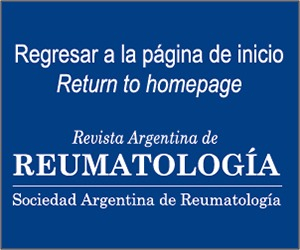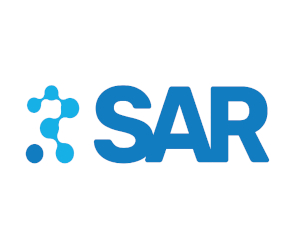Daño orgánico en síndrome antifosfolípido
Resumen
Las enfermedades autoinmunes sistémicas se caracterizan por una amplia y heterogénea variedad de manifestaciones clínicas. Las medidas propuestas para evaluar el pronóstico en ellas son la actividad de la enfermedad, el daño orgánico (DO) y la calidad de vida. El DO es definido como una pérdida permanente o cambio irreversible de la función de un órgano o Sistema como consecuencia de una manifestación clínica de la enfermedad. El daño irreversible puede ser el resultado de la actividad de la enfermedad, el tratamiento recibido para la misma o ambos, y la coexistencia de comorbilidades.Citas
II. Fischer-Betz R, Schneider M. Connective tissue diseases: evaluation of clinical response. Rheumatology (Oxford) 2008;47(2):234-5.
III. Miyakis S, Lockshin MD, Atsumi T, et al. International consensus statement on an update of the classification criteria for definite antiphospholipid syndrome (APS). J Thromb Haemost 2006;4:295-306.
IV. Gladman DD, Urowitz MB, Goldsmith CH, Bacon P, Fortin P, Ginzler E, Gordon C, et al. The reliability of the Systemic Lupus International Collaborating Clinics/ American College of Rheumatology damage index in patients with systemic lupus erythematosus. Arthritis Rheum 1997;40 (5):809-13.
V. Gladman DD, Goldsmith CH, Urowitz MB, Bacon P, Fortin P, Ginzler E, et al. The Systemic Lupus International Collaborating Clinics/ American College of Rheumatology (SLICC/ACR) damage index for systemic lupus erythematosus international comparison. J Rheumatol 2000;27(2):373-6.
VI. Rahman P, Gladman DD, Urowitz MB, Hallett D, Tam LS. Early damage as measured by the SLICC/ACR damage index is a predictor of mortality in systemic lupus erythematosus. Lupus 2001;10(2):93-6.
VII. Nived O, Jonsen A, Bengtsson AA, Bengtsson C, Sturfelt G. High predictive value of the Systemic Lupus International Collaborating Clinics/American College of Rheumatology damage index for survival in systemic lupus erythematosus. J Rheumatol 2002;29(7):1398-400.
VIII. Cardoso CR, Signorelli FV, Papi JA, Salles GF. Initial and accrued damage as predictors of mortality in Brazilian patients with systemic lupus erythematosus: a cohort study. Lupus 2008;17(11):1042-8.
IX. Goncalves MJ, Sousa S, Inés LS, et al. Characterization of damage in Portuguese lupus patients: analysis of a national lupus registry. Lupus 2015;24:256-62.
X. Ruiz Irastorza G, Egurbide MV, MartinezBerriotxoa A, et al. Antiphospholipid antibodies predict early damage in patients with systemic lupus erythematosus. Lupus 2004; 13(12):900-5.
XI. Ruiz Irastorza G, Egurbide MV, Ugalde J, Aguirre C. High impact of antiphospholipid syndrome on irreversible organ damage and survival of patients with systemic lupus erythematosus. Arch Intern Med 2004;164(1):77-82.
XII. Grika EP, Ziakas PD, Zintzaras E, et al. Morbidity, mortality, and organ damage in patients with antiphospholipid syndrome. J Rheumatol 2012;39:516-23.
XIII. Barbhaiya M, Erkan D, Rodriguez-Alamraz E, Ramón G. Vega J, Lockshin MD. Utility of the Systemic Lupus International Collaborating Clinics (SLICC) American College of Rheumatology (ACR) Damage Index for antiphospholipid antibody (aPL) positive patients. Arthritis Rheum 2011;63 Suppl:S3
XIV. Amigo MC, Goycochea-Robles MV, EspinosaCuervo G, et al. Development and initial validation of a damage index (DIAPS) in patients with thrombotic antiphospholipid syndrome (APS). Lupus 2015;24:927-34.
Derechos de autor 2015 A nombre de los autores. Derechos de reproducción: Sociedad Argentina de Reumatología

Esta obra está bajo licencia internacional Creative Commons Reconocimiento-NoComercial-SinObrasDerivadas 4.0.






